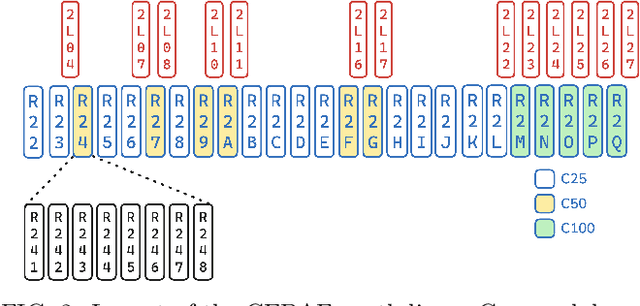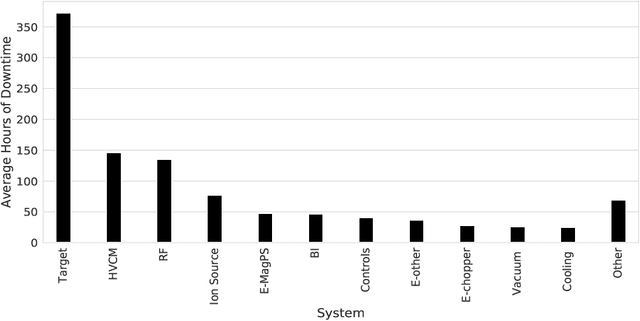Steven Goldenberg
Data-Driven Gradient Optimization for Field Emission Management in a Superconducting Radio-Frequency Linac
Nov 11, 2024



Abstract:Field emission can cause significant problems in superconducting radio-frequency linear accelerators (linacs). When cavity gradients are pushed higher, radiation levels within the linacs may rise exponentially, causing degradation of many nearby systems. This research aims to utilize machine learning with uncertainty quantification to predict radiation levels at multiple locations throughout the linacs and ultimately optimize cavity gradients to reduce field emission induced radiation while maintaining the total linac energy gain necessary for the experimental physics program. The optimized solutions show over 40% reductions for both neutron and gamma radiation from the standard operational settings.
A comparison of machine learning surrogate models of street-scale flooding in Norfolk, Virginia
Jul 26, 2023Abstract:Low-lying coastal cities, exemplified by Norfolk, Virginia, face the challenge of street flooding caused by rainfall and tides, which strain transportation and sewer systems and can lead to property damage. While high-fidelity, physics-based simulations provide accurate predictions of urban pluvial flooding, their computational complexity renders them unsuitable for real-time applications. Using data from Norfolk rainfall events between 2016 and 2018, this study compares the performance of a previous surrogate model based on a random forest algorithm with two deep learning models: Long Short-Term Memory (LSTM) and Gated Recurrent Unit (GRU). This investigation underscores the importance of using a model architecture that supports the communication of prediction uncertainty and the effective integration of relevant, multi-modal features.
Distance Preserving Machine Learning for Uncertainty Aware Accelerator Capacitance Predictions
Jul 05, 2023Abstract:Providing accurate uncertainty estimations is essential for producing reliable machine learning models, especially in safety-critical applications such as accelerator systems. Gaussian process models are generally regarded as the gold standard method for this task, but they can struggle with large, high-dimensional datasets. Combining deep neural networks with Gaussian process approximation techniques have shown promising results, but dimensionality reduction through standard deep neural network layers is not guaranteed to maintain the distance information necessary for Gaussian process models. We build on previous work by comparing the use of the singular value decomposition against a spectral-normalized dense layer as a feature extractor for a deep neural Gaussian process approximation model and apply it to a capacitance prediction problem for the High Voltage Converter Modulators in the Oak Ridge Spallation Neutron Source. Our model shows improved distance preservation and predicts in-distribution capacitance values with less than 1% error.
Multi-module based CVAE to predict HVCM faults in the SNS accelerator
Apr 20, 2023



Abstract:We present a multi-module framework based on Conditional Variational Autoencoder (CVAE) to detect anomalies in the power signals coming from multiple High Voltage Converter Modulators (HVCMs). We condition the model with the specific modulator type to capture different representations of the normal waveforms and to improve the sensitivity of the model to identify a specific type of fault when we have limited samples for a given module type. We studied several neural network (NN) architectures for our CVAE model and evaluated the model performance by looking at their loss landscape for stability and generalization. Our results for the Spallation Neutron Source (SNS) experimental data show that the trained model generalizes well to detecting multiple fault types for several HVCM module types. The results of this study can be used to improve the HVCM reliability and overall SNS uptime
 Add to Chrome
Add to Chrome Add to Firefox
Add to Firefox Add to Edge
Add to Edge